Description
- Import of ECE
- Compatible with the curriculum
- A set consisting of acrylic blocks, optical prisms, flat and spherical mirrors.
- Designed to be used when examining optical refraction and reflection laws
- Presented in an aluminum carrying and storage bag
- 3-beam adjustable laser light source is included in the set
Product Content:
- Strip prism lens
- Semicircular prism lens
- Trapezoid prism lens
- Convex prism lens
- Concave prism lens
- Triangular prism lens
- Adjustable mirror
- 3-beam adjustable laser light source (Product type and color are covered according to stock status)
Targeted Gains:
- Realizes that light from a source spreads along lines.
- Indicates that light from a source can spread in every direction as long as it does not encounter an obstacle.
- Shows the path that light follows between two points by drawing rays.
- Classifies various substances as transparent, semi-transparent and non-transparent (opaque) according to their light transmittance.
- Finds whether a given substance is transparent by trying it.
- Gives examples of transparent, semi-transparent and non-transparent (opaque) substances from its surroundings.
- Discovers that light can be reflected when it encounters matter.
- Predicts the path that light reflected from flat surfaces will follow.
- Explains the reason why objects that are not sources of light can be seen with the reflection of light.
- In the reflection event; discovers that the incident light, the reflected light and the normal of the surface are on the same plane by using a plane mirror.
- In the reflection event; discovers that the angles of incidence and reflection are equal by using a plane mirror.
- Discovers regular and diffuse reflection.
- Relates the reasons why objects appear brighter or more matte to their light reflecting properties.
- Demonstrates regular and diffuse reflection by drawing rays.
- Realizes that light can be absorbed as a result of its interaction with matter.
- Observes that substances interacting with light heat up.
- Based on his observations, he infers that substances absorb light.
- States that light has a certain propagation speed.
- States that the speed of light changes when passing from a transparent medium to another transparent medium.
- Discovers that light changes direction when passing from a transparent medium to another transparent medium.
- Concludes that light beams approach the normal when passing from a low-refractive (low-density) transparent medium to a high-refractive (high-density) transparent medium, and move away from the normal when passing from a high-refractive (high-density) transparent medium to a low-refractive (low-density) transparent medium.
- Gives examples of situations where light is both refracted and reflected.
- Draws simple ray diagrams to explain the refraction phenomenon in various media.
- Compares the densities of the media by observing light beams changing direction between two media.
- Discovers by experiment that light cannot always pass from a high-refractive (high-density) medium to a low-refractive (low-density) medium.
- Gives examples of events that can be explained by the refraction of light.
- Discovers that light can be separated into colors by refraction in a prism.
- Examines the behavior of light in the reflection phenomenon and makes inferences.
- Explains the concept of refraction and gives examples of the refraction phenomenon.
- Analyzes the total reflection of light and the limiting angle. Draws the path that light follows while passing through a parallelepiped medium and explains the variables it depends on.
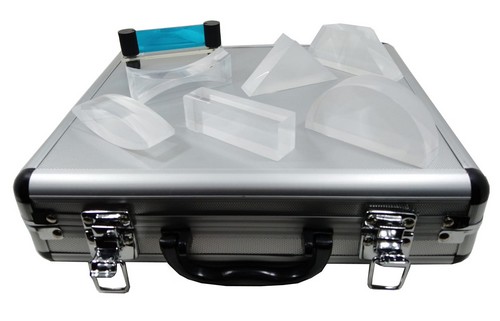

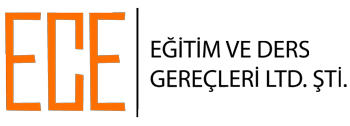

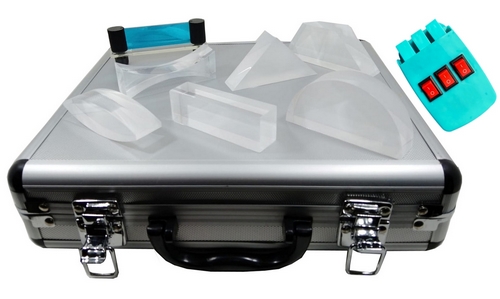

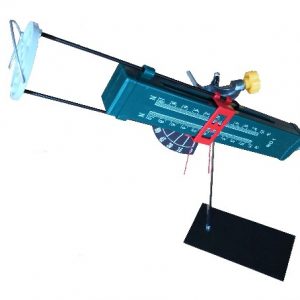
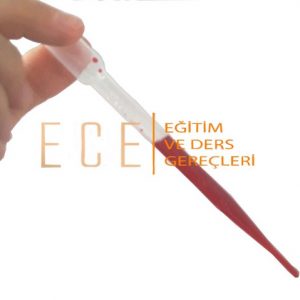


Reviews
There are no reviews yet.